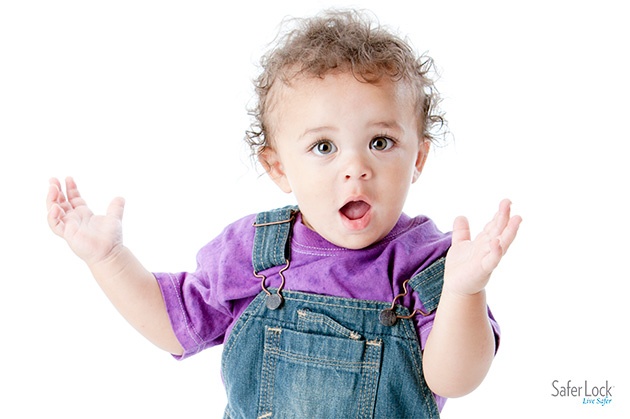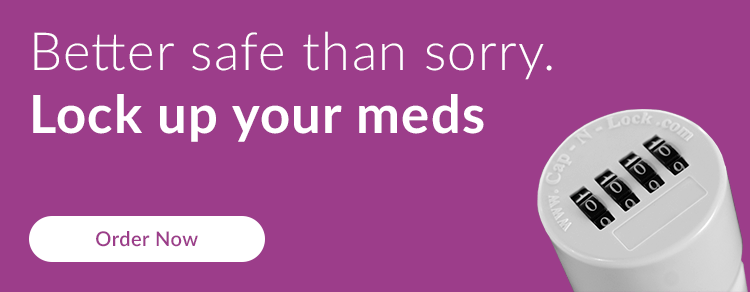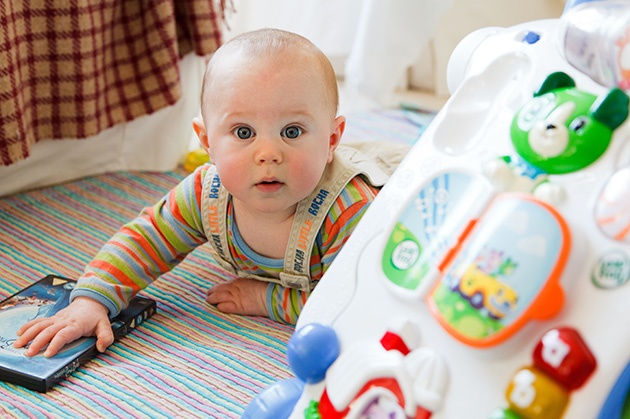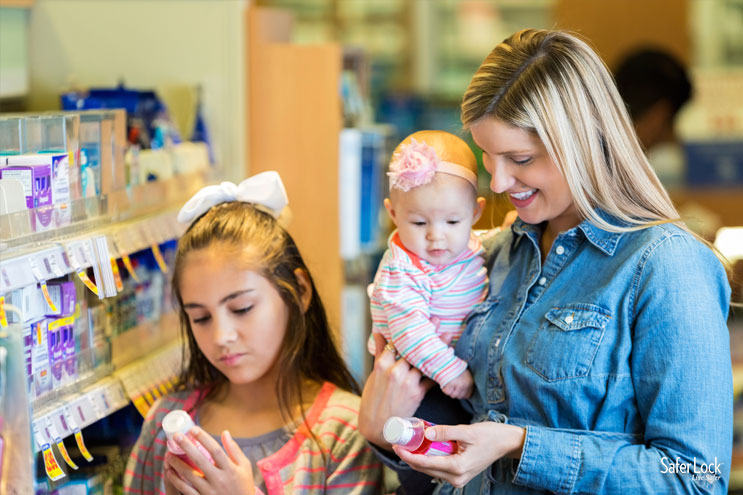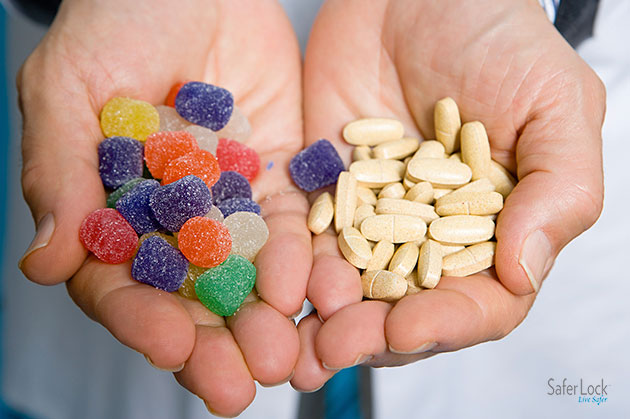The baby gates are up, the toilet lids are locked, and the crib has been checked and double checked. Your baby proofing is complete and your house is secure! Before you sit down and relax, however, you may want to take a moment to consider some surprising child safety hazards lurking in your home. Here’s what you need to know to keep your infants, toddlers, and young children safe.
#1 Laundry Pods
Every day, new products come out that make our lives easier. Laundry and dishwashing pods are one of these new “miracle” products that are appearing in more and more homes.
The problem with these pods?
“They pose a very serious poisoning threat to kids,” says Dr. Gary Smith, director of the Center for Injury Research and Policy at Nationwide Children’s Hospital in Columbus, Ohio.
These single-use packets of detergent contain concentrated cleaning chemicals into a water-soluble membrane that instantly begins to dissolve when wet. The packets are vibrantly colored, and “soft and squishy,” making them instantly attractive to young children.
When little explorers put these pods into their mouths, the membrane instantly begins to dissolve. Little teeth can bite straight through the pod, squirting the chemical concentrate directly into your child’s mouth.
Between 2012 and 2013, more than 700 children under the age of five were hospitalized from liquid laundry pods; an average of one child per day. Keep these cleaning products out of children’s sight and reach, and call the Poison Help number immediately if your child gets one in their mouth: 1-800-222-1222.
#2 Vitamins
Did you know vitamins are a big risk for child poisoning? Each year, the US Poison Control Centers receives more than 6,000 reports of vitamin toxicity. Vitamins are brightly colored, and look, smell, and sometimes taste just like candy. Turn your back for a moment, and your young child could consume enough multivitamins to cause serious damage.
Fat soluble vitamins such as A, E, D, and K have the highest risk for toxicity, but there is one essential nutrient even more dangerous: iron. Multivitamins that contain iron are especially toxic to infants and children. Iron overdose is a leading cause of poison-related injury and death to young children, and this preventable accident often occurs when curious little ones find a bottle of vitamins on a countertop.
#3 Magnets
Small magnets can be a big hazard to kids. Ingested magnets can lead to serious gastrointestinal injuries. If a child happens to swallow multiple magnets, they can stick together internally and trap and compress portions of the bowel wall, potentially leading to perforation, sepsis, and obstruction.
Save the cute magnets for older children. Keep the lower half of your refrigerator free and clear of magnets, carefully inspect toys to be sure they are magnet free, and never let a child near magnets made for adults – many adult desk top accessories designed to help a grownup unwind and relax may contain magnets that pose a real danger to a child.
#4 Charging Cords
It is a digital world, and all of the cell phones, tablets, and laptops that we use on a daily basis need to be charged. Each cord that you have plugged into a wall at your home becomes a risk for electric shock for your toddler. Young children can experience electric shock when they bite into an electrical cord, or even put the charging end into their mouths.
Electric shock can cause minor discomfort, major injuries and burns, or even death, depending on the voltage of the current and length of contact. Keep all electrical cords and wires tucked away out of sight and out of reach of your small children.
The best way to prevent electrical injuries is to cover all outlets, make sure all wires are properly insulated, tuck wires away from your child’s reach, and provide adult supervision whenever children are in an area with potential electrical hazards. Small appliances are a special hazard around bathtubs or pools.
#5 Batteries
Remote controls, small calculators, key fobs, your child’s favorite toys, and even singing greeting cards all have one thing in common: a very small, but very dangerous, button battery. Each year in the US, more than 2,800 kids are treated in emergency rooms after swallowing button batteries. That’s one kid every three hours.
You may think a button battery is dead when it stops powering a device, but that is not the case. A “dead” battery can still cause significant harm to a child. The higher the voltage, the faster and more severe the injury.
When a baby or toddler swallows a battery, or lodges it into an ear, nostril, or other cavity, the electric current in the button battery rapidly increases the pH of the tissues adjacent to it. This can cause significant tissue injury, and even death, in a matter of hours.
If you suspect your child has ingested a battery, go to the hospital immediately. And as a precaution, enter the National Battery Ingestion Hotline (202-625-3333) into your phone if you have young children in the home.
#6 Purses and Bags
Your purse, backpack, briefcase, or suitcase could be the most dangerous item in your home. Where else could your small child find most of the potential threats listed above in one easily accessible place?
Consider the items a woman commonly carries in her purse:
- small electronics powered by button batteries
- charging cords for cell phones
- vitamins
- medications
- cosmetics
- paper clips
- pen caps
- coins
- safety pins
- small hard candies
All of these items pose either a choking, poisoning, or electrifying threat.
The purses of visiting friends and relatives can also be a new and exciting item that your little one can’t wait to explore. It just takes one moment for a toddler to get into a purse while adults are talking. Secure all bags and purses in a closet or room away from young children, and make sure any potential poisons, like medications, are locked up tight. Then, you can sit back and relax, knowing you have secured your home and protected your children from these common household hazards.
